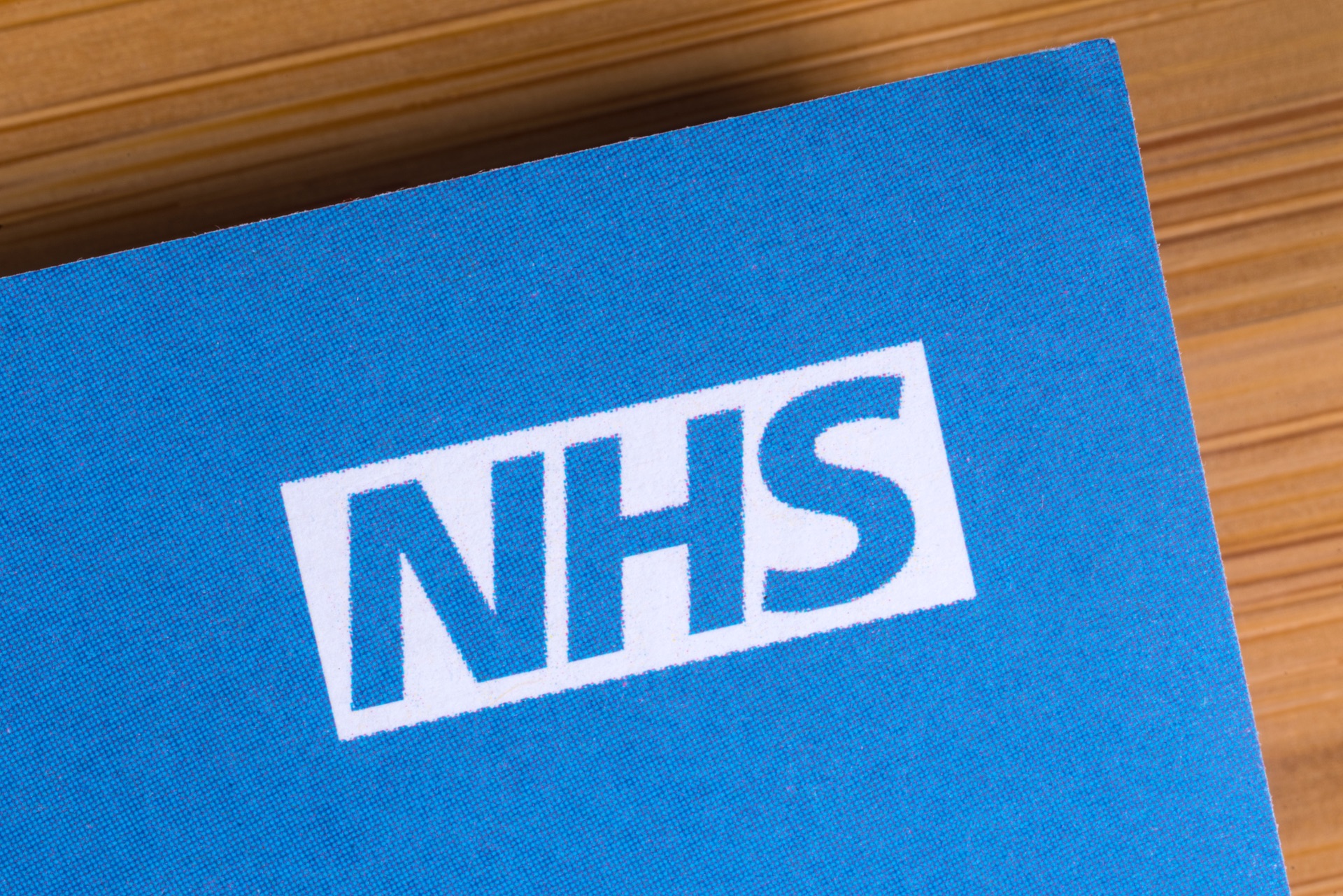Introduction: NHS Lanyards for Medical Professionals: Improving Patient Care and Safety
In the United Kingdom, the NHS (National Health Service) is the world’s most major publicly financed healthcare system. At hospitals, clinics, and other healthcare facilities nationwide, hundreds of medical professionals put in relentless hours to give patients the support and care they need.
The NHS lanyard is one of the many items the NHS uses to enhance patient care and safety system. This blog article will discuss what NHS lanyards are, why they are significant, and how they improve patient care and safety.
What are NHS Lanyards?
Medical personnel who work for the NHS are required to wear lanyards. They are a quick and easy way to identify medical staff members, such as physicians, nurses, midwives, and other clinical personnel, in addition to administrative and support workers. The lanyards are designed with the NHS logo and a unique colour scheme reflecting the wearer’s position and responsibility. For instance, healthcare assistants use green lanyards, while physicians and nurses wear blue ones.
Why is NHS Lanyards Important?
NHS lanyards are crucial for several factors. First off, by identifying medical practitioners, they contribute to excellent patient safety and security. Patients and their families may quickly identify who is accountable for their care and who to turn to if they have any issues or questions.
NHS lanyards aid in preventing unauthorised access to medical facilities. Identifying staff employees simplifies spotting those who shouldn’t be at a specific location. With these Lanyards, the organisation can prevent theft, vandalism, and other security breaches.
Moreover, NHS lanyards can boost employee happiness and morale. More medical personnels may feel proud to wear a lanyard that designates them as a member of the NHS team. Also, it might help staff members feel more connected and committed to a common goal.

How do NHS Lanyards Improve Patient Care and Safety?
1. NHS lanyards are a simple but powerful tool for enhancing patient safety and care in the UK healthcare system.
They contribute to developing trust, reducing errors and inaccuracies, improving communication, and preventing infection transmission by clearly defining medical personnel and their tasks. NHS lanyards will likely play a significant part in ensuring that patients receive the best treatment possible as the NHS continues to develop and adapt to suit the changing demands of patients and healthcare workers.
2. NHS lanyards can also facilitate better communication among medical specialists.
Staff members may more easily cooperate and work together when everyone is wearing a lanyard that clearly states their roles and degree of responsibility. This can assist in ensuring patients get the best care possible and enhance patient outcomes.
3. NHS lanyards can contribute to reducing illness transmission. When staff members are named, it is easier for patients and their families to determine who has contacted them. This helps slow the spread of infectious diseases and disorders.
4. NHS lanyards also play a great role in preventing unauthorised access to healthcare facilities. By properly identifying staff members, it is easier to identify individuals who should not be in a particular are or zone. This can help to prevent theft, vandalism, and other security breaches.
Concluding Thoughts
Lanyards are a long-established method of worker identification and patient management in hospitals. Everything goes more smootly when everyone has some identification around their necks. Patients can recognise medical staff members they have never met through lanyard identifications. Also, departmental employees may identify individuals, which is helpful in medical institutions with large employee populations.
A hospital can be a place of mixed feelings with so much pressure and joy. As rapid reactions are required in an emergency, there is no time for errors like incorrect identification or misplaced things. Preparation and organisation are crucial for a constant workflow in a fast-paced environment. A straightforward measure to guarantee that these errors don’t occur and that safety and organisation remain front of mind is to require physicians, nurses, maintenance staff, and other hospital employees to wear customised lanyards.
Patients or brand-new staff may easily grasp the functions of each individual in the hospital due to custom colour-coded lanyards. Since hospitals already use coloured scrubs, colour-coded lanyards will not be seen as unusual. For instance, you may have orange lanyards for paediatric consultants, green lanyards for surgeons, and red lanyards for emergency department nurses.
In sectors like critical care, where most employees tend to appear alike owing to their blue hospital scrubs, this would be helpful for patients who might not comprehend the distinction between medical uniforms as well as for the general public and any new staff members.





